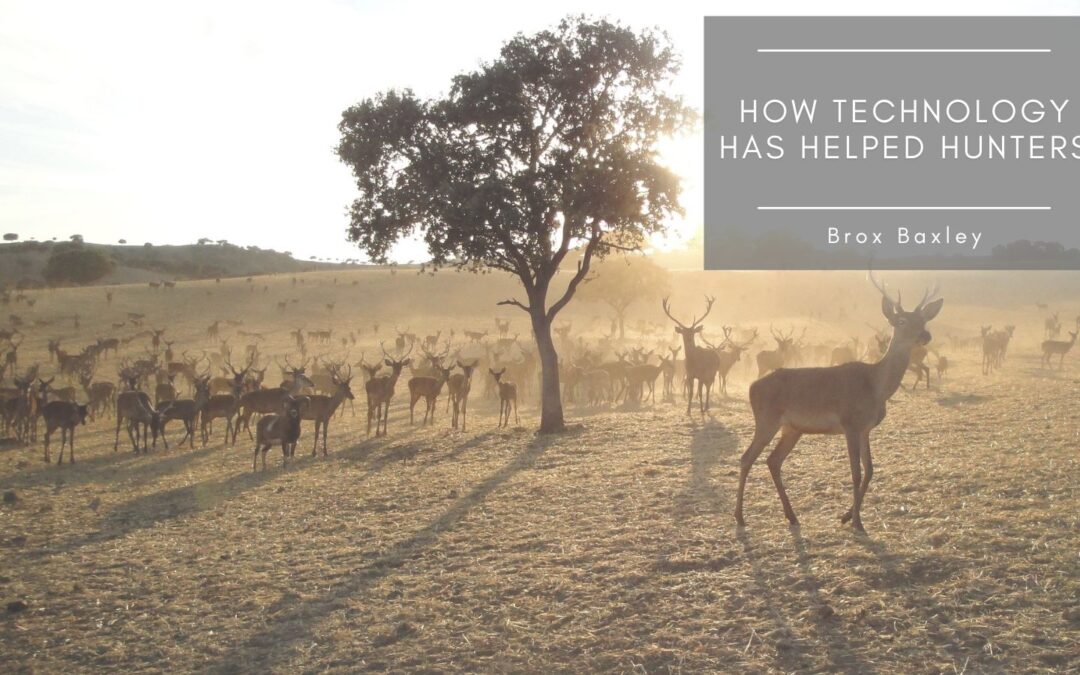The practice of hunting has evolved significantly from its ancient origins. Once a necessity for survival, it has transformed into a blend of sport, conservation, and tradition. Central to this evolution is the role of technology. Technological advancements have continually reshaped hunting methods and practices, from the invention of simple tools to the integration of advanced digital solutions. Today’s hunters have sophisticated tools and devices that enhance efficiency, safety, and environmental awareness.
Hunting, a practice dating back to prehistoric times, was primarily for sustenance and survival. Early humans used rudimentary tools like spears, bows, and arrows. Over centuries, these tools evolved, becoming more effective and efficient. The Industrial Revolution introduced firearms and drastically altered hunting techniques. Later, the focus shifted towards conservation and ethical hunting practices, prompted by concerns over wildlife populations and environmental impact.
Modern technology has provided hunters with new tools and methodologies, reflecting this shift towards sustainability and ethical practices. These advancements span a wide range, from improved weapon technologies to digital aids. They are designed to increase the success rate of hunts and ensure minimal disturbance to wildlife and ecosystems. This technology integration in hunting reflects a broader trend of modernization across various traditional practices, balancing age-old traditions with contemporary environmental and ethical considerations.
Enhanced Equipment and Weapons
The most direct impact of technology on hunting is seen in the evolution of hunting equipment and weapons. Modern firearms are more accurate and reliable, with advancements in scopes and sighting systems allowing for more precise targeting. These improvements have significantly increased the efficiency of hunts, reducing the likelihood of wounding animals without a clean kill.
Additionally, the development of non-lethal equipment, such as tranquilizer guns, reflects a growing emphasis on conservation and research purposes. Archery has also seen technological advancements with compound bows and crossbows, which offer greater power and accuracy than traditional bows.
Moreover, using specialized ammunition and arrows to ensure a quick and humane end to the hunted animal showcases the industry’s commitment to ethical hunting practices. These technological advancements in equipment and weapons enhance the hunting experience and contribute to more ethical and responsible hunting practices, aligning with contemporary conservation principles.
Digital Tools and Applications
Digital technology has revolutionized hunting through various tools and applications, enhancing the planning and execution of hunts. GPS devices and mapping software allow hunters to navigate remote areas more confidently and safely. These tools enable the planning of routes, tracking of movement, and identification of legal hunting zones, minimizing the risk of getting lost or inadvertently hunting in restricted areas.
Trail cameras have become indispensable, providing insight into animal behavior and patterns. These cameras, often equipped with motion sensors and night vision, enable hunters to monitor wildlife activity without physically disturbing the habitat. This leads to more strategic planning and reduces unnecessary intrusion into natural areas.
Additionally, mobile apps offer a range of functionalities, from weather forecasting to tracking and logging hunting experiences. Some apps also provide community features, allowing hunters to share insights and experiences, fostering a sense of community and shared learning.
These digital tools make hunting more efficient and help gather data useful for wildlife management and conservation efforts, thus supporting sustainable hunting practices.
Safety and Ethical Considerations
Technological advancements have also significantly enhanced safety and ethical considerations in hunting. Communication technologies, such as satellite phones and emergency beacons, ensure hunters can call for help in remote areas, significantly reducing the risk of accidents or getting stranded.
Additionally, technology plays a crucial role in wildlife management and conservation. Data collected from various technological tools assist in monitoring animal populations and health, guiding decisions on hunting quotas and conservation strategies. This data-driven approach helps maintain ecological balance and ensures that hunting practices do not negatively impact wildlife populations.
Ethical considerations have also been bolstered by technology. For instance, sound suppressors on firearms reduce the disturbance to wildlife and nearby communities, and advances in non-toxic ammunition prevent lead contamination in the environment.
Furthermore, the use of drones for scouting and tracking, although controversial, has the potential to minimize human intrusion into natural habitats, reducing stress on wildlife. This combination of safety enhancements and ethical considerations reflects hunters’ growing awareness and responsibility toward sustainable and humane practices.
The intersection of technology and hunting has led to a more sophisticated, ethical, and sustainable practice. These technological advancements, ranging from improved equipment to digital aids, have enhanced the efficiency and safety of hunting and reinforced its alignment with conservation principles.

